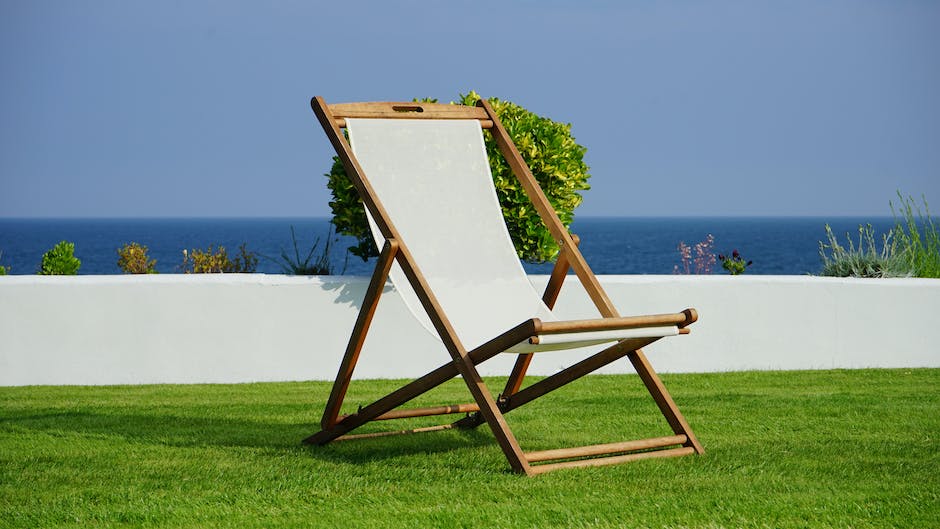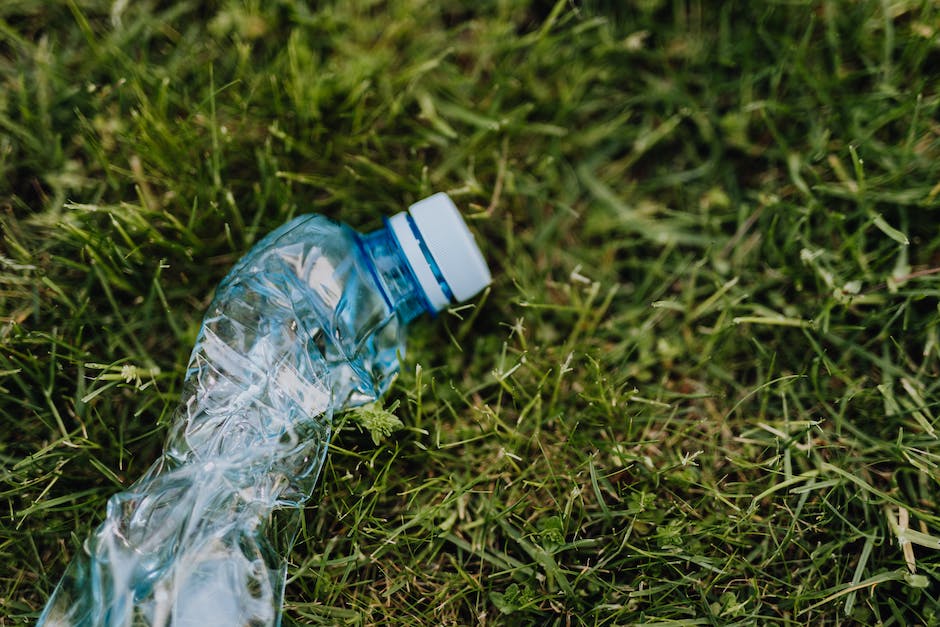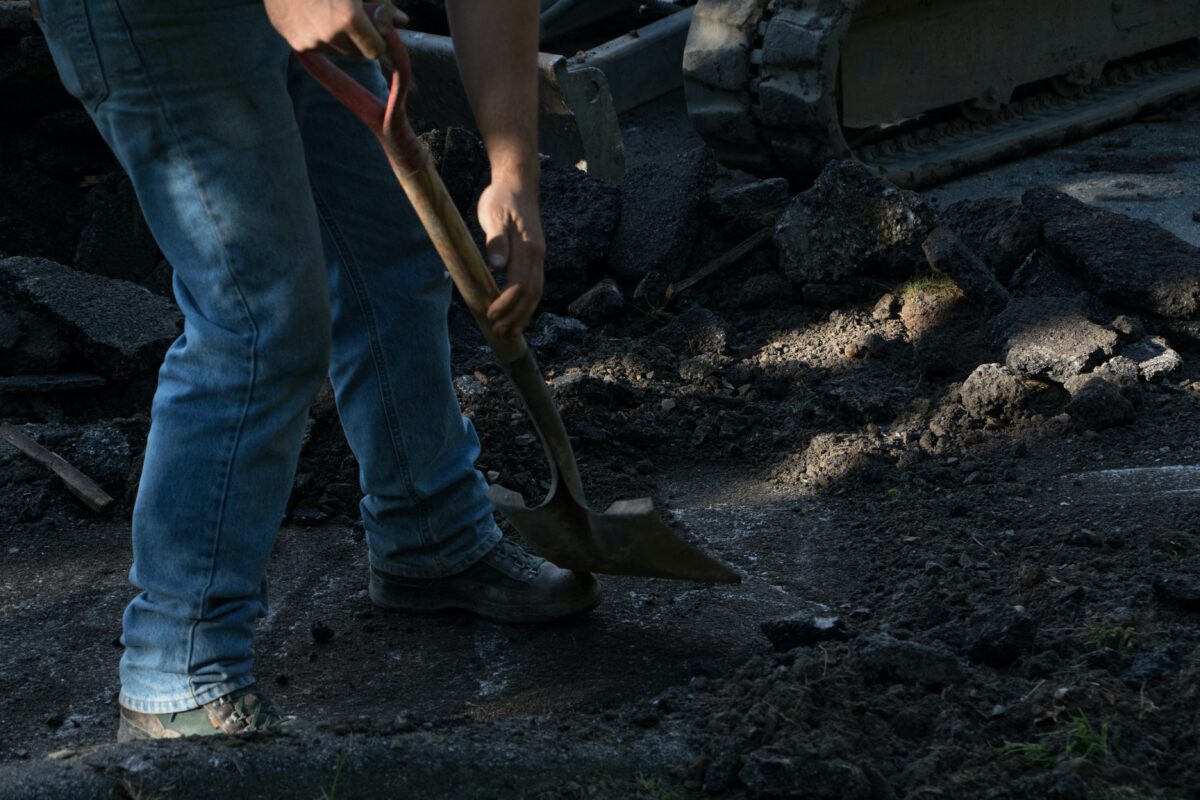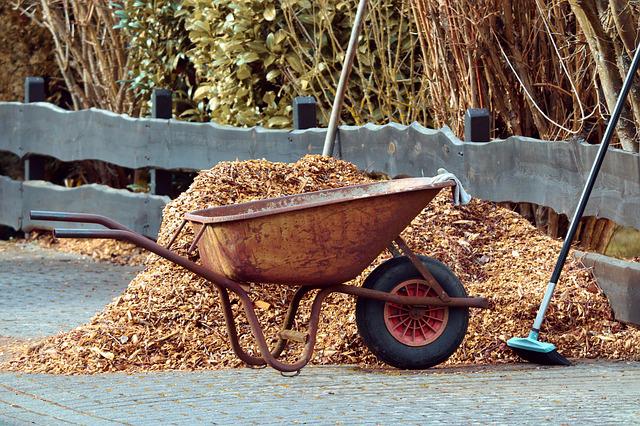Changing climatic conditions has many South Florida residents considering natural landscape design. It’s often referred to as native gardening and offers an alternative to precisely mown lawns and high-maintenance species,
Dispelling Myths
Natural landscape design doesn’t mean turning outdoor spaces into a meadow or allowing rampant and uncontrolled growth. Nor will it make homes or businesses appear unoccupied. Native plants are not weeds and natural landscaping poses no danger or threat. Natural landscapes aren’t bland. The wide range of native species enables designers to incorporate multiple colors and textures into the landscape.
Native Species
The landscape design utilizes plants, trees, gras, shrubs, and wildflowers native to a region. It emulates an ecosystem that would evolve naturally. There’s extensive variety that can be achieved, depending on the type of plants that are installed.
Multiple Benefits
Natural landscape design is more sustainable. It also enhances biodiversity, which has a positive effect on communities as a whole It supports native pollinators such as butterflies and birds. The plants used are more resistant to insect pests and diseases, meaning fewer chemicals are required that pose a threat to people and animals.
Native South Florida species also tend to have deeper root systems that help them weather storms, flooding and hurricanes. The landscapes generally produce less green waste than other types.
Disadvantages
There are some disadvantages associated with natural landscaping, depending on perspective. They have a messy appearance compared to the manicured look that’s typically cultivated. That can result in discord with neighbors who appreciate a tidier appearance or those living in communities governed by an HOA. Those elements should factor into any decision before “going natural.”. The landscapes also require regular maintenance for the same reasons as other landscape types.
Not for Everyone
Despite the benefits of natural landscape design, it’s not an option that’s necessarily right for everyone. There may be zoning ordinances that prevent certain types of plants. That doesn’t mean that individuals can’t incorporate elements of natural landscaping into their outdoor spaces. It’s best to consult with a landscape design company familiar with the technique before making any changes.
Contact RCH Landscaping Today for a Free Estimate




